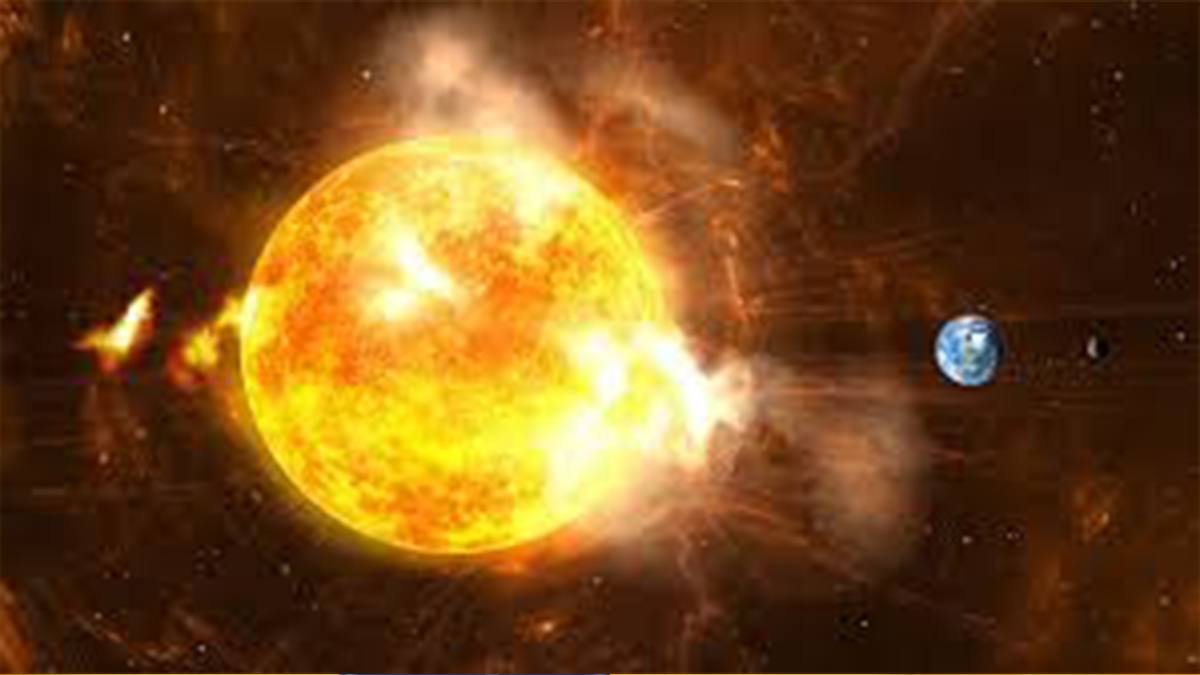Massive solar flares from a nearby Red Dwarf star AD Leonis

Space experts have caught a red small star called “Ad Leonis” that is found to have gigantic flares — one of them was even multiple times bigger than the sunlight based flares produced by our own Sun. The star is outstandingly only 16 light-years from Earth. Nonetheless, it was seen with an extraordinary enormous flare, named a “superflare”. This is accepted to bring about walloping attractive tempests that whenever transmitted from our Sun could affect the Earth’s innovative foundation. Fortunately, researchers accept such a sunlight based flare is uncommon for our Sun.
The group of stargazers from the Graduate School of Science of Kyoto University have caught the AD Leonis star utilizing a 3.8-meter Seimei telescope. The star seems to have temperatures lower than that of our Sun, which brings about a high frequency of flares. Besides, the stargazers distinguished a superflare on their first night of perceptions.
“Our analyses of the superflare resulted in some very intriguing data,” said Kosuke Namekata
Solar flares from stars aren’t new, yet the size of flares radiated by the recently spotted red small star are seen to be far greater than standard discharges. The group found that the gigantic flares discharged from zones where light from energized hydrogen particles expanded. It was approximately one significant degree more prominent than normal flares from our Sun.
“This was new for us as well, because typical flare studies have observed the continuum of the light spectrum — the broader range of wavelengths — rather than energy coming from specific atoms,” said Namekata.
Kazunari Shibata, pioneer of the investigation, noticed that the data recorded from the major heavenly wonders would help anticipate superflares that could affect Earth. “We may even have the option to start seeing how these discharges can influence the presence — or rise — of life on different planets,” he said.


